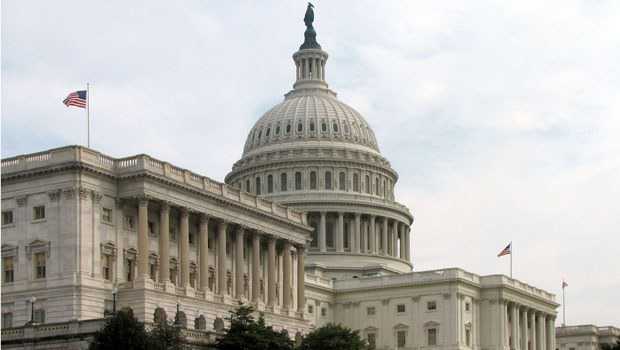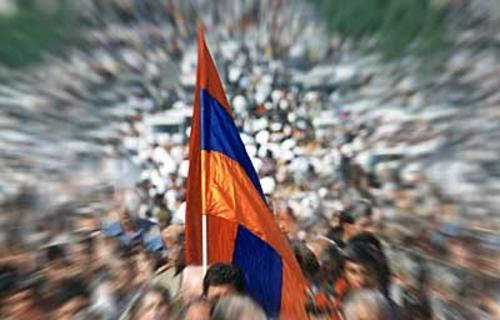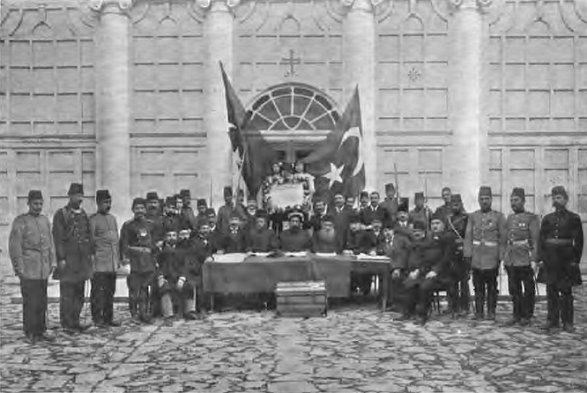CYPRUS MAIL
Anastasiades and Russian President Putin at their joint press conference
ALL THE SHORTCOMINGS of President Anastasiades as a politician and head of state were displayed during his heralded official visit to Russia. His failure to exercise restraint when speaking publicly, his inclination to allow his emotions to rule his head, his poor judgement and inadequate diplomatic skills, his obsession with his domestic popularity ratings and his inability to see any difference between speaking at a Sunday memorial service in a Cyprus village and in front of an international audience were all evident on his Russia trip.
The more he spoke – and he was given plenty of opportunities to do so – the more he showed himself up, oblivious to the harm he was causing himself and more importantly the country. Anastasiades went out of his way to cause offence to his EU partners whose policies towards Russia he openly criticised while absolving President Putin of any responsibility for the crisis in the Ukraine. Even if he believed that to be true there was no good reason for repeating it in public – worse still, on a visit to the country that has been behind the dispute – as it would not win him any friends in Brussels.
Anastasiades appeared to be on a mission to antagonise the EU and the US during this badly-timed visit. He boasted that he was the first leader of an EU member-state to visit the Russian Federation during “this critical period”, informing journalists the two countries supported each other on all issues, but primarily, on the Cyprus problem, the economy and the Ukraine crisis. He did not openly say whether his government supported the invasion and annexation of Crimea as the matter was not raised, but he felt the EU was wrong to impose sanctions on Russia “on the suspicion Russia encouraged the separatists”.
The Europeans had shown their double standards in this case he said because Russia had not invaded the eastern Ukraine whereas Turkey invaded Cyprus’ EEZ and the EU did not impose sanctions. This simplistic argument may have earned him applause back home – this is the audience he was targeting – but it was insensitive and foolish considering some 5,000 people have been killed and the separatists, using heavy weapons provided by Putin, have reduced eastern Ukraine to rubble forcing more than a million people to flee their homes.
Believing Russian involvement in the Ukraine crisis was just a figment of the imagination of EU leaders, Anastasiades took a stand, with some other countries, against tough sanctions being imposed by the EU. If he had not, sanctions would have been tougher he claimed. “Cyprus is the most trustworthy voice for Russia within the EU,” he declared in a joint news conference with Putin. Again, it seems rather unwise to advertise such a dubious role, even if it sounds good to your hosts. In effect Anastasiades was warning his EU partners and Brussels not to trust him because he was promoting Russia’s interests in the Union.
All these utterances went down very well in Cyprus where the anti-Western demagogues welcomed the supposed restoration of good relations with Moscow and hoped they would be strengthened. But apart from winning the plaudits of his fellow politicians in Cyprus, Anastasiades gained nothing meaningful or practical from his visit to Russia that would benefit Cyprus. Putin, despite his allegedly principled stand on international matters, did not even mention Turkey’s invasion of Cypriot EEZ, let alone issue a mild rebuke of the Turks; he would continue offering support on the Cyprus problem – it was reported – but this would be conditional on not upsetting Turkey.
There was one big negative to the theatre staged in Russia by Putin and in which Anastasiades took a starring role. He will now be regarded a Putin pawn, with ample justification, that none of his fellow-leaders in the EU would trust or take seriously. He paid an official visit at a time when the EU was supposedly united against the Russian role in the Ukraine crisis, giving Putin the opportunity to embarrass Brussels, at least publicity-wise. And worse still, he openly sided with Russia against the EU over the Ukraine when there was no need to do so.
All this, from a president, whose supposed foreign policy objective until a few months ago was to place Cyprus in the Western sphere of influence and try to join NATO. It is now clear that Anastasiades has no long-term goals and foreign policy is shaped by his whims and whatever he believes might improve his popularity rating.
Küfi Seydali








